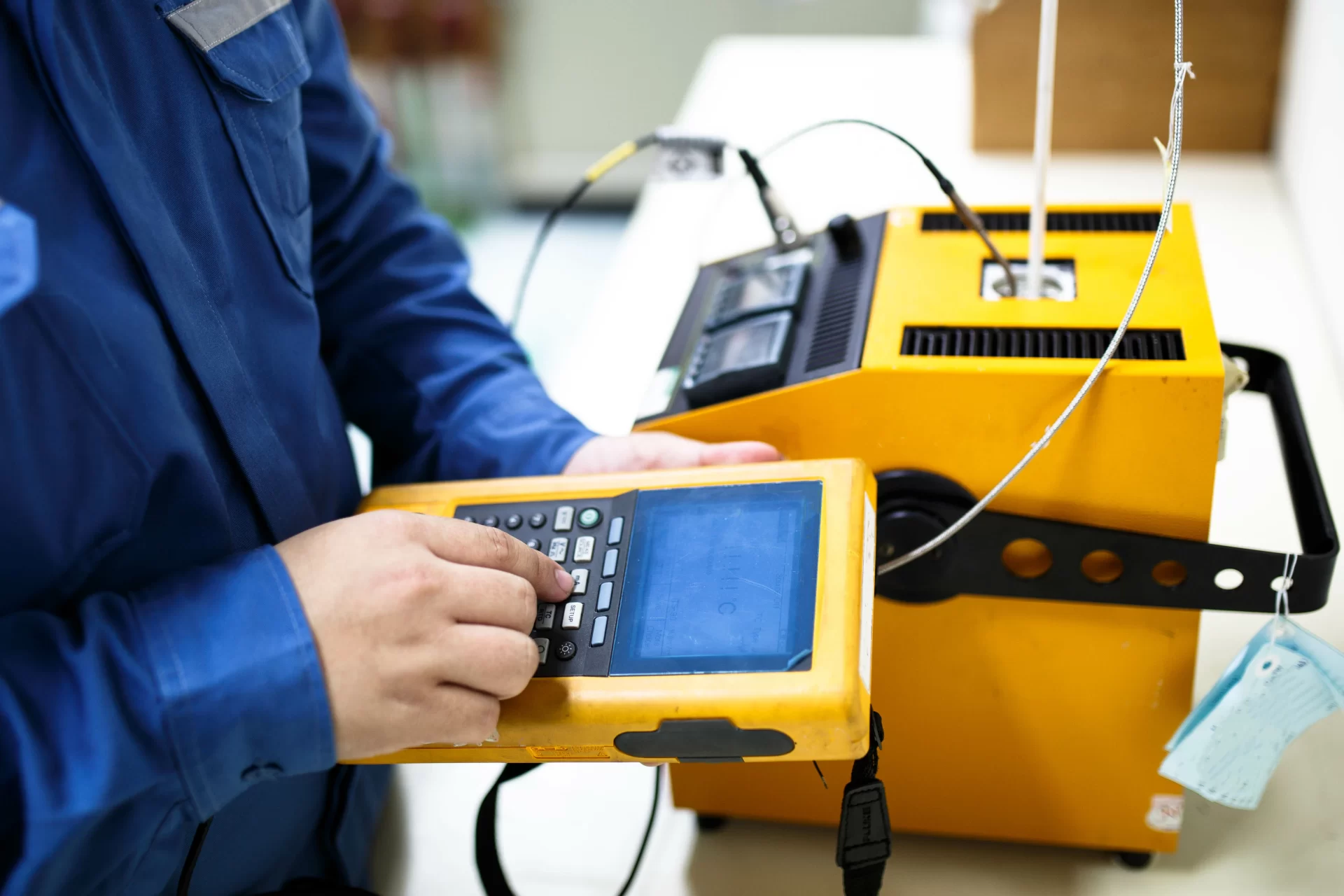In the realm of electrical engineering and quality assurance, precision and accuracy are paramount. Whether you’re dealing with complex electrical systems or intricate electronic devices, ensuring that your equipment is calibrated correctly is essential for reliable results and maintaining compliance with industry standards. This is where electrical calibration comes into play.
What is Electrical Calibration?
Electrical calibration is the process of verifying and adjusting the performance of electrical test equipment calibration to ensure its accuracy and reliability. This involves comparing the measurements taken by the equipment to known standards and making adjustments as necessary to eliminate any discrepancies. By calibrating electrical test equipment regularly, you can trust the accuracy of your measurements and have confidence in the reliability of your results.
Why is Electrical Calibration Important?
The importance of electrical calibration cannot be overstated, especially in industries where precise measurements are critical. Here are some key reasons why electrical calibration is essential:
- Accuracy: Calibrating electrical test equipment calibration ensures that it provides accurate measurements, allowing you to make informed decisions based on reliable data.
- Quality Assurance: Calibration is an essential part of quality assurance processes, ensuring that products meet specified standards and regulatory requirements.
- Compliance: Many industries have strict regulations and standards that require calibrated equipment for testing and validation purposes. Calibration helps organizations maintain compliance with these requirements.
- Preventive Maintenance: Regular calibration can help identify and address issues with electrical test equipment before they escalate, minimizing downtime and costly repairs.
- Traceability: Calibrating equipment to recognized standards ensures traceability, providing a documented history of measurements that can be traced back to national or international standards.
Types of Electrical Calibration
Electrical calibration encompasses a wide range of equipment and instruments used for measuring various electrical parameters. Some common types of electrical calibration include:
- Multimeter Calibration: Multimeters are versatile instruments used for measuring voltage, current, and resistance. Calibrating multimeters ensures accurate readings across a range of electrical parameters.
- Oscilloscope Calibration: Oscilloscopes are used for observing and analyzing the waveform of electrical signals. Calibration ensures that oscilloscopes display waveforms accurately and with the correct timing.
- Power Quality Analyzer Calibration: Power quality analyzers are used to monitor and analyze the quality of electrical power. Calibration ensures accurate measurement of parameters such as voltage, current, frequency, and power factor.
- Insulation Tester Calibration: Insulation testers are used to measure the resistance of insulation in electrical systems. Calibration ensures accurate readings and helps identify potential insulation problems before they cause equipment failure or safety hazards.
The Calibration Process
The calibration process typically involves the following steps:
- Initial Assessment: Evaluate the condition of the equipment and identify any issues that may affect its performance.
- Preparation: Prepare the equipment for calibration by cleaning it, checking for damage, and ensuring that it is in proper working condition.
- Calibration: Compare the measurements taken by the equipment to known standards and make any necessary adjustments to bring them into alignment.
- Documentation: Record the calibration results, including any adjustments made and the calibration dates, to maintain a traceable history of the equipment’s performance.
- Post-Calibration Verification: Verify the performance of the equipment after calibration to ensure that it meets the required specifications.
- Regular Maintenance: Schedule regular calibration intervals based on the manufacturer’s recommendations and industry standards to ensure ongoing accuracy and reliability.
Choosing a Reliable Calibration Provider
When it comes to electrical calibration, choosing a reliable calibration provider is crucial. Look for a provider with:
– Accreditation: Choose a calibration provider that is accredited to perform electrical calibration services. Accreditation ensures that the provider meets recognized standards for competence and quality.
– Experience: Look for a calibration provider with extensive experience in calibrating electrical test equipment across a range of industries and applications.
– Quality Assurance: Ensure that the calibration provider has robust quality assurance processes in place to guarantee the accuracy and reliability of their calibration services.
– Traceability: Verify that the calibration provider maintains traceability to national or international standards, ensuring the validity of the calibration results.
Electrical calibration plays a critical role in ensuring the accuracy, reliability, and compliance of electrical test equipment. By calibrating equipment regularly and choosing a reliable calibration provider, organizations can maintain confidence in their measurements and ensure the quality of their products and services. Whether you’re in the manufacturing, telecommunications, healthcare, or any other industry reliant on precise electrical measurements, investing in electrical calibration is essential for achieving optimal performance and maintaining competitive advantage.

